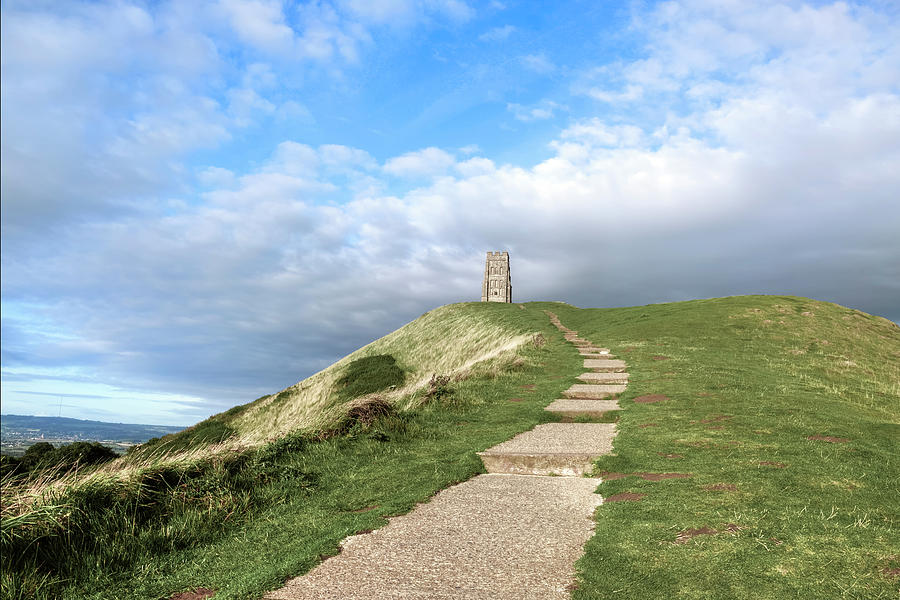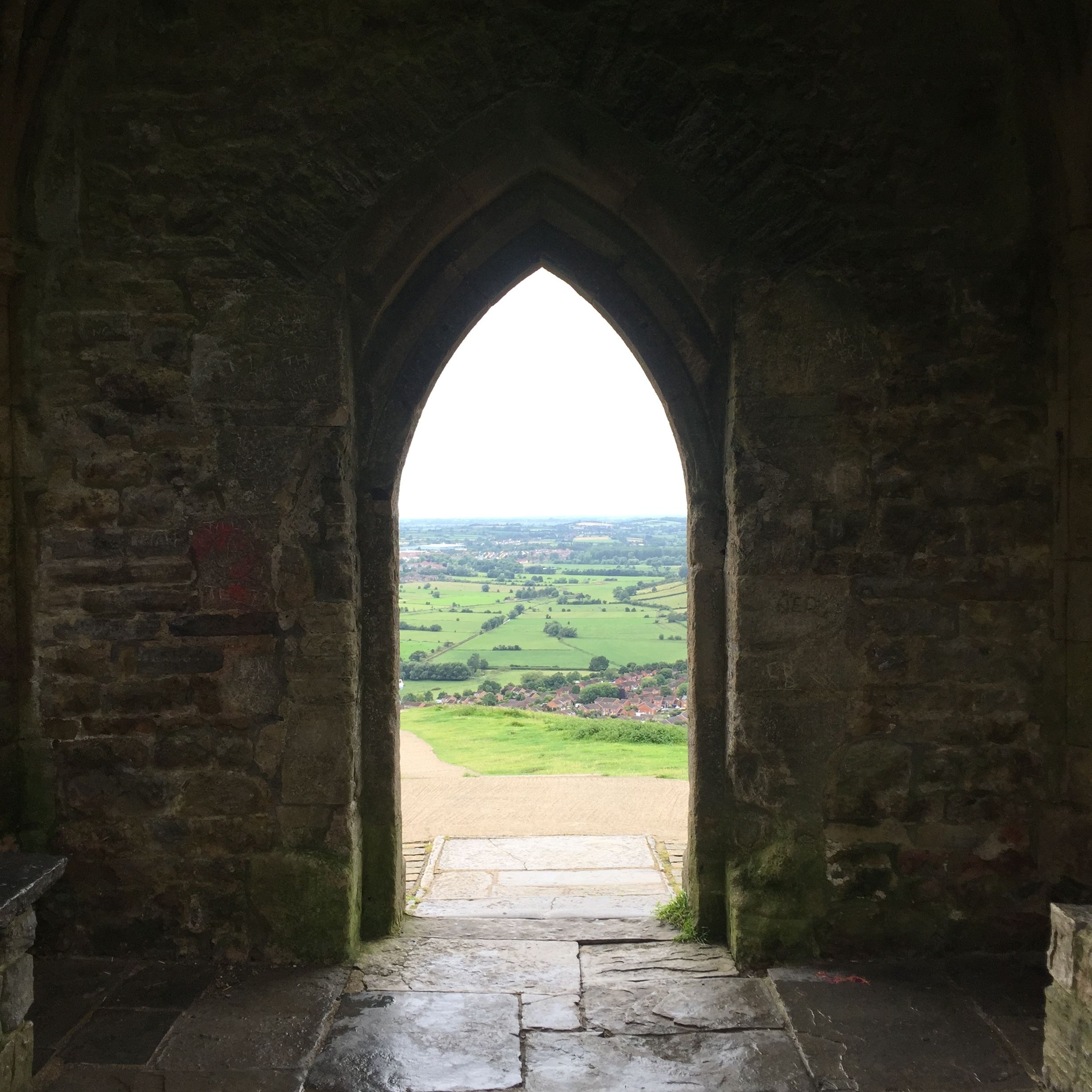

Today, Glastonbury is a centre for searchers. In an 18th-century tourism campaign, thousands signed affidavits stating that water from the Chalice Well healed them, putting Glastonbury on the tourist map. Two centuries later, Glastonbury rebounded.

For emphasis, he hanged and quartered the abbot, sending his body on four national tours-at the same time. In the 16th century, Henry VIII, on a rampage against the power of the monasteries, destroyed Glastonbury Abbey. Mix the scant ruins of England’s oldest church with the mystique of King Arthur and Holy Grail, add the hard work of a busy monastery, and, by the 12th century, Glastonbury was the leading Christian pilgrimage site in all of Britain.Īt its peak, Glastonbury Abbey was England’s most powerful and wealthy, part of a network of monasteries that by the year 1500 owned a quarter of all English land, and had four times the income of the king. Eventually, a great abbey rose on the site. Many believe the Grail trail ends at the bottom of the Chalice Well, a natural spring at the base of the tor.Įngland’s first Christian sanctuary was built right next to the Chalice Well. The Camelot couple was reburied in the abbey choir and their gravesite is a kind of shrine today.

In 1911, his supposed remains, along with those of Queen Guinevere, were dug up here, and Glastonbury was woven into the Arthurian legends. They pointed to the ancient Celtic sanctuary at Glastonbury as proof of the greatness of the fifth-century warlord, Arthur. Those medieval tales were cooked up when England needed a morale-boosting folk hero to inspire its people during a war with France. While that story is supported by fourth-century writings and accepted by the Church, the King Arthur and Holy Grail legends it inspired are not. (Joseph’s visit is plausible because back then, merchants from the Levant came here to trade with the local miners.) In AD 37, Joseph of Arimathea, Jesus’ wealthy tin-merchant uncle, supposedly brought a vessel containing the blood of Christ to Glastonbury, and with it, Christianity to England. For the views, hike up the 500-foot-tall Glastonbury Tor (a grassy, conical clay hill capped with an old church tower), and you’ll notice the remains of the labyrinth that made climbing the hill a challenge some 5,000 years ago. It gurgles with a thought-provoking mix of history and mystery.

Two hours west of London, Glastonbury is a mecca for seekers.


 0 kommentar(er)
0 kommentar(er)
